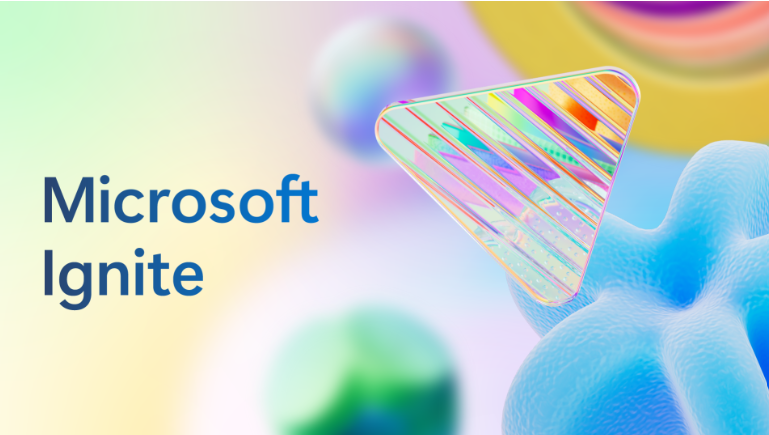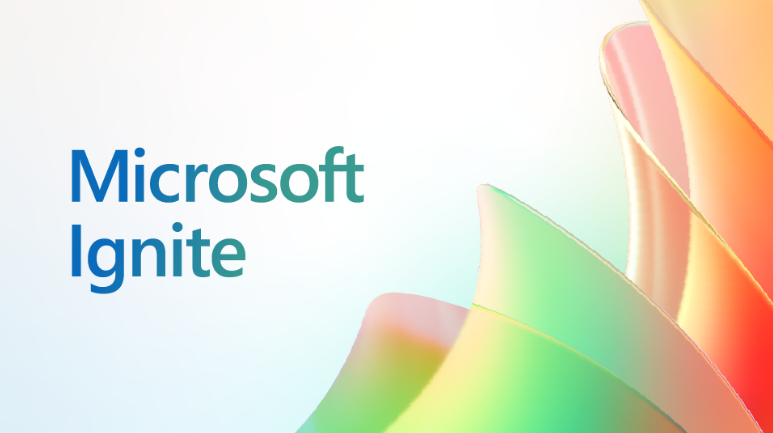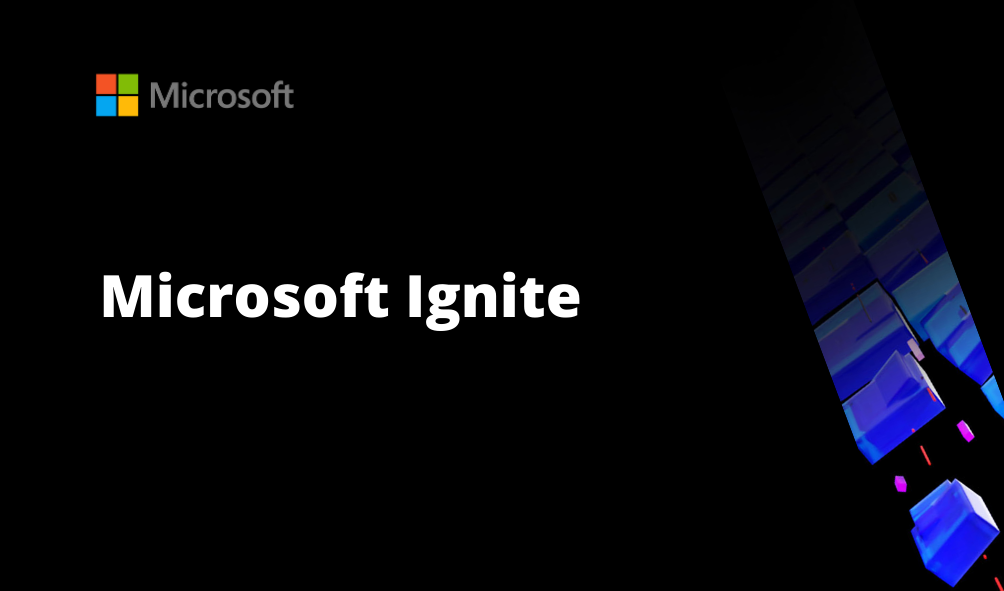When it comes to collaboration and productivity, the shift to hybrid working has made it increasingly difficult to decide what tools to use and where to focus and invest your resources. Almost every organisation is on a quest to realise the promises of digital transformation, but perhaps the most critical question to consider is: What do successful organisations need to do to succeed and how can they best utilise the resources they have.
In this article we give you an introduction to MOCA, Modern Collaboration Architecture (coined by Microsoft) which provides a comprehensive and well-structured framework to help organisations to understand how they can best leverage their Microsoft investments in their day-to-day work.
Why is modern collaboration so important?
According to a survey carried out by Microsoft, employees could potentially save between four to six hours each week if they didn’t have to search for information—or spend time recreating it. In other words, they could potentially gain 11-14% in daily productivity, rather than downloading the same file multiple times, looking through endless document folders, searching email archives, etc.
With a wealth of information being sent to us every day, it can become difficult to cut out the noise and left unmanaged we will continue to lose this time and become less productive. Which is where Modern Collaboration comes in. The tools used with Modern Collaboration strive to keep information and assets easily accessible, so time spent searching or recreating information is reduced and/or hopefully eliminated – increasing both productivity and user satisfaction.
What is Modern Collaboration Architecture? (MOCA)
Designed to address the key challenges mentioned below, MOCA enables people to understand how Microsoft 365 applications should work together to improve communication, collaboration and information management across individuals, teams, and the entire organisation.
Challenge 1. To help organisations drive digital culture change across the organisation enabled by good attention management practices.
Challenge 2. To address the “What am I accomplishing?”, an evolution from the “which tool when?” question for the Microsoft 365 collaboration suite, demonstrating how all the different tools integrate to enable people to work differently across the organization.
The MOCA Standard is appropriate for most organisations with the individual, team, community, and organisational focus.
The MOCA four key areas of productivity
The Modern Collaboration Architecture (MOCA) aims to describe four key areas of productivity:
- Individual productivity
- Team productivity
- Community enablement
- Organisational productivity
For an organisation to be successful in their Modern Workplace journey, they need to address all four areas given the tight interdependency between each. This architecture forms the basis of successfully implementing productivity focused change programs. It highlights which Microsoft 365 capability enables which organisational focus and the importance of setting the right drivers and behaviours by understanding some of the characteristics of each of the key areas.

Individual productivity
When it comes to hiring, businesses tend to hire people based on skills, experience and if they’d be a good fit for the company. The Microsoft 365 suite is designed to better focus on applying and organising their specific skills and experiences.
Before they can settle into their role, individuals need to have:
- Clear roles and responsibilities
- A manager or supervisor
- Key performance measures that are assessed regularly
- Training

Team productivity
The ability for a team to deliver against their clear roles and responsibilities and the inter-dependency of work promotes the application of the individual’s skills and the timely delivery of the expected goal and outcomes. The ability for a team to deliver against their assigned goals and outcomes ultimately helps the organisation deliver against their strategic priorities.
From the figure below we can see Microsoft 365 applications mapped to capabilities required by high-performing teams to leverage each individual’s unique skills and experiences and apply them in a systemic way (using team processes) to achieve the desired outcomes. It is the use of the right application for the right capability that enables a collaborative and transparent environment, ideal for effective teamwork.

Community enablement
There are three main types of communities that we find organisations use the most:
- Centre of Excellence – a group of experts on a specific topic
- News communities – a group of people who want to be updated on topics such as financial markets, innovation news etc
- Social communities – a group of individuals with social interests. Social communities can be crucial in bringing people together and helping build rapport within a team environment.
Communities help individuals learn, innovate, share and and find information quicker within the organisation which is seen to improve employee experience and contribute to better employee retention.

Organisational productivity
A focus on organisational productivity really starts with leadership wanting to drive an organisation-wide culture of collaboration, effective communication and continuous improvement. This is an opportunity for the organisation to focus on the correct attitude, behaviors and skills enabled by certain core capabilities. These core capabilities are used for the benefit of individuals, teams and communities, as demonstrated in the diagram below:

The goal of MOCA
The main purpose of the MOCA is to help boost productivity and collaboration. This includes thinking about what information is being shared, who needs the information, and how it will be used. Additionally, it’s important to maintain flexibility and recognise when something is not working well and to adapt accordingly.
If you’re looking for more information on how to implement a Modern Collaborative Architecture within your business, we can help. At Bridgeall our team of experts can analyse your collaboration goals and show you how to best implement them. Contact us today.




